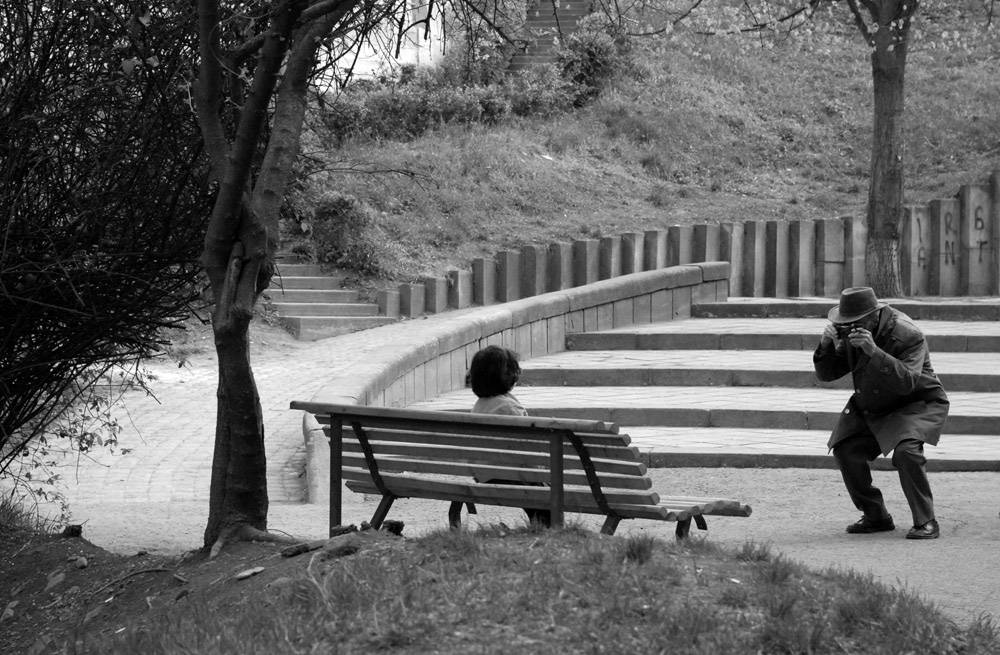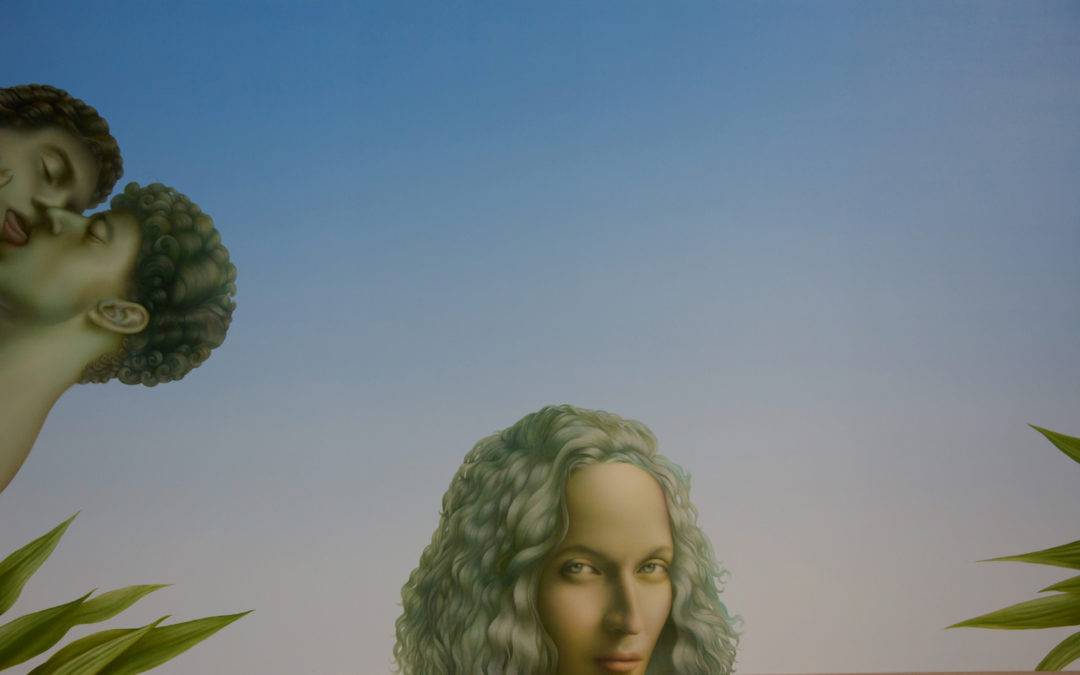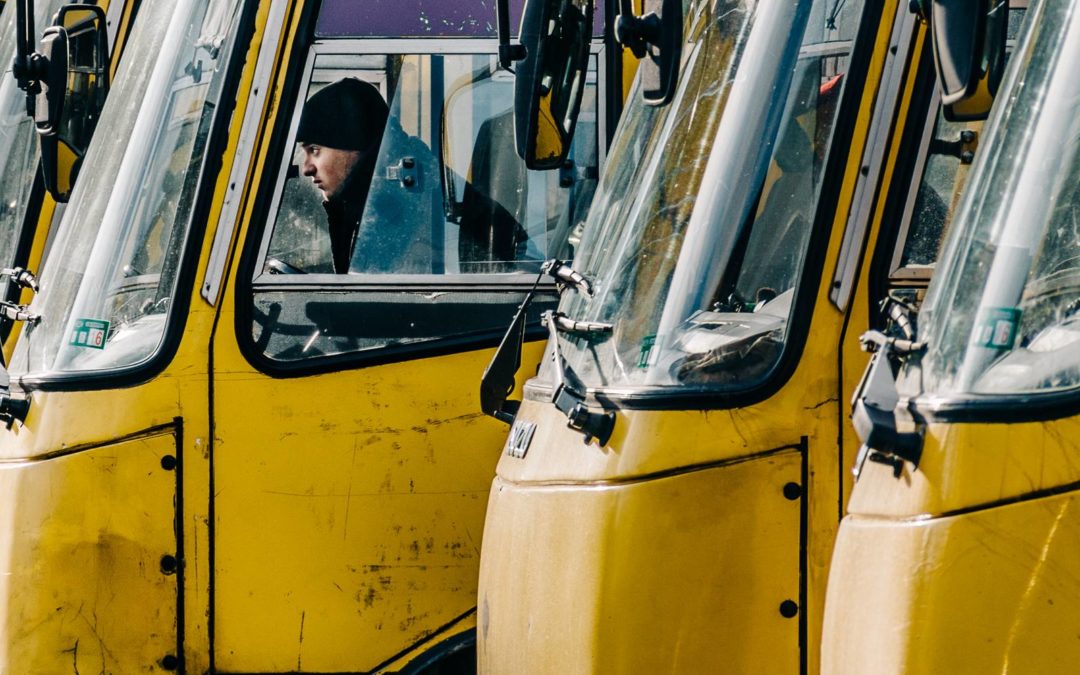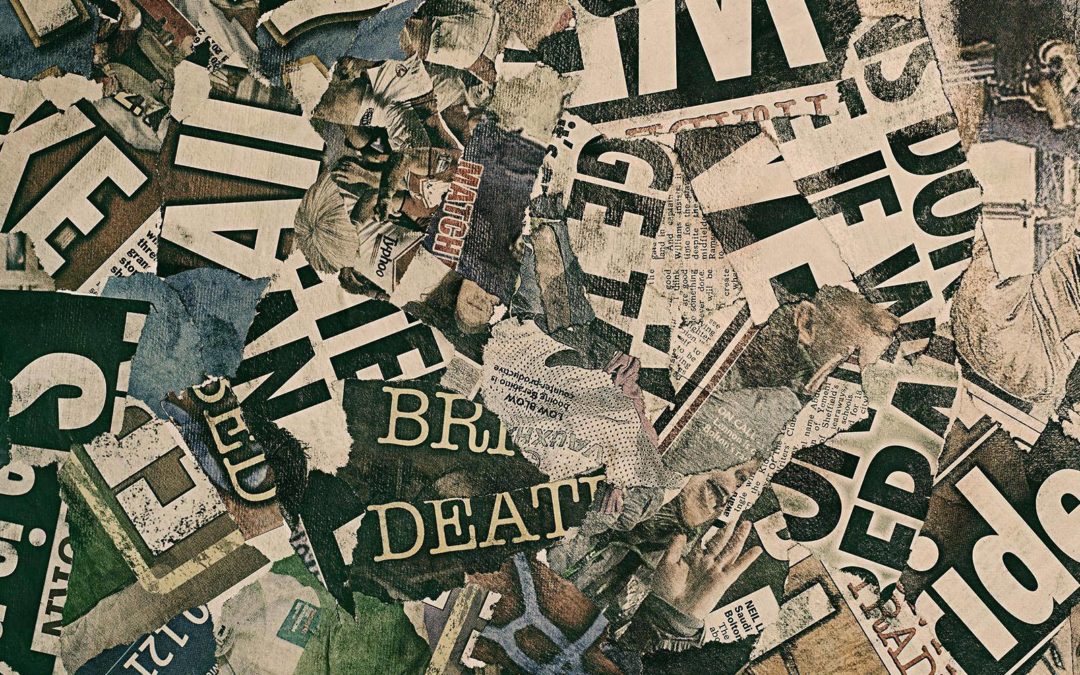Let’s start with Aristotle. More exactly, with his work “The Nicomachean Ethics” in which he debates a variety of subjects in order to obtain a better understanding of virtue as a necessary condition for being happy. What is this virtue? One might ask. It’s very simple – Friendship and contemplation. As every phenomenon, these two need a suitable environment to manifest themselves. An environment that would be built around the concept of human connection and self-reflection. Where do we find such an ideal environment?
What about nature? Valleys, woods, plains seem like a good place for self-reflection and occasional picnics. But they lack the dynamic personality one might be used to when practicing an urban life. Plus, rural places like that are dedicated to more intentional activities and do not offer the kind of casual entrance. You have to get in your car and drive to a suburban park and you go there “to do something.”
Let’s look for a better solution. What characteristics must this environment have? It must:
- Provide social contexts to encourage virtuous behaviors and moral goodness.
- Help create a safe and stable community through connections between different people or groups.
- Help enhance people’s possibilities to achieve contemplation during leisure, leading to experiences associated with the good life.
There is only one type of environment that checks all three and in addition, is convenient for an urban person – Urban Park.
✱ Photo by RussianSparrow
A park or green space is a free, non-teleological place. People can go there not to dominate, argue, organize, shop, or pray. Unlike more strictly political forms of public space defined by agon, the park and green space are relaxed, impromptu, and less choking. They lend themselves to all kinds of suspicious readings. The park is intensely ideological.
In contrast to the rural environment, a big city park is more “at hand,” more integrated into the design of the place, more open to loitering, less exclusively devoted to more intentional and active forms of activity.
One of the urban sins of Tbilisi is that it doesn’t have enough supply of these kinds of environments. It’s true, the city is home to quite a few large parks in which to relax, escape the summer heat, or just walk around in nature. You’ve probably been to Rike Park, Vake Park, Mziuri Park, Vere Park or some other, but you should have noticed that these are relatively large areas scattered about the city while the smaller parks and squares are on the verge of extinction.
✱ Photo by Dato Rostomashvili
To make matters worse, the city’s greenness is gradually succumbing to the ruthless urban development. The current green space index per capita is about 3m2 which is like 5 times lower than a recommended amount. So, here I am saying that we need more green recreational areas in order to enhance our practice of virtues like friendship and contemplation (more contemplation might just be what the nation needs).
But one might not care about the virtues and discard them as useless abstract philosophical ideas with no pragmatic ends. This would be an enormous fallacy born out of ignorance, as there is nothing more pragmatic than what is aimed at people’s well-being. Let me instead give you some other more “pragmatic” reasons for why we need more urban parks.
Numerous international studies have shown the social, environmental, economic, and health benefits parks bring to a city and its people. For example, they attract tourists, serve as community signature pieces, offer a marketing tool for cities to attract businesses and conventions, and host festivals, concerts, and athletics events.
✱ Photo by Giorgi Ebanoidze
Planning and programming that engages residents in the design and of their local parks foster a sense of community and helps ensure that the parks reflect the needs of the community. Community involvement and greening of vacant urban land, for example, has been shown to decrease crime and generate additional support for nearby park projects.
Trees in urban parks remove up to 7,111,000 tons of toxins from the air annually. Green spaces also filter rain, reducing water pollution, protecting drinking water, and decreasing the rates of waterborne illness. Green spaces in cities also help cool our cities, reducing the heat-island effect.
Regaining natural settings in the urbanized areas in order to allow people, mostly youth, to engage in play activities that mimicked those available in rural settings is also important for the child’s development.
For whatever reason you want more parks for the city, whether it’s for quiet contemplation, socialization, or clean air to breathe, the fact still stands – the reason you want more is that there isn’t a sufficient number of them. So, I repeat myself and stick a wanted poster on some construction wall:
“Urban Parks Wanted.”
Cover photo by Kakha Kolkhi.







